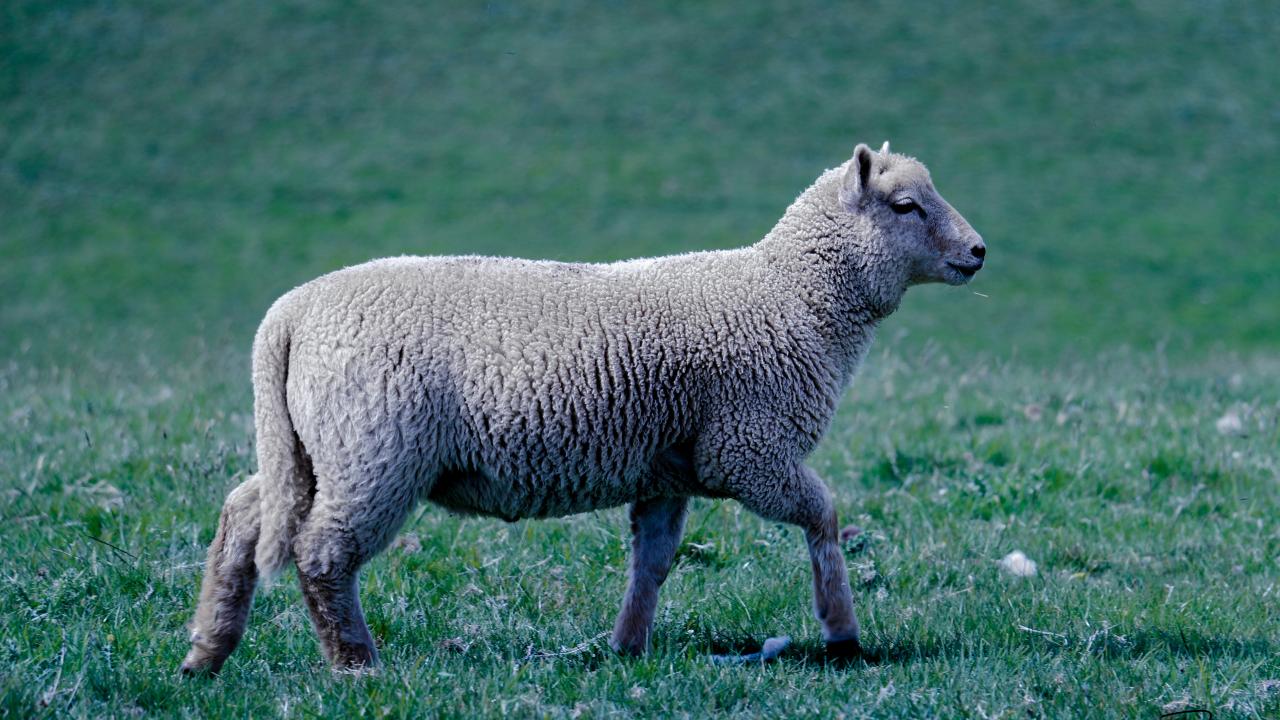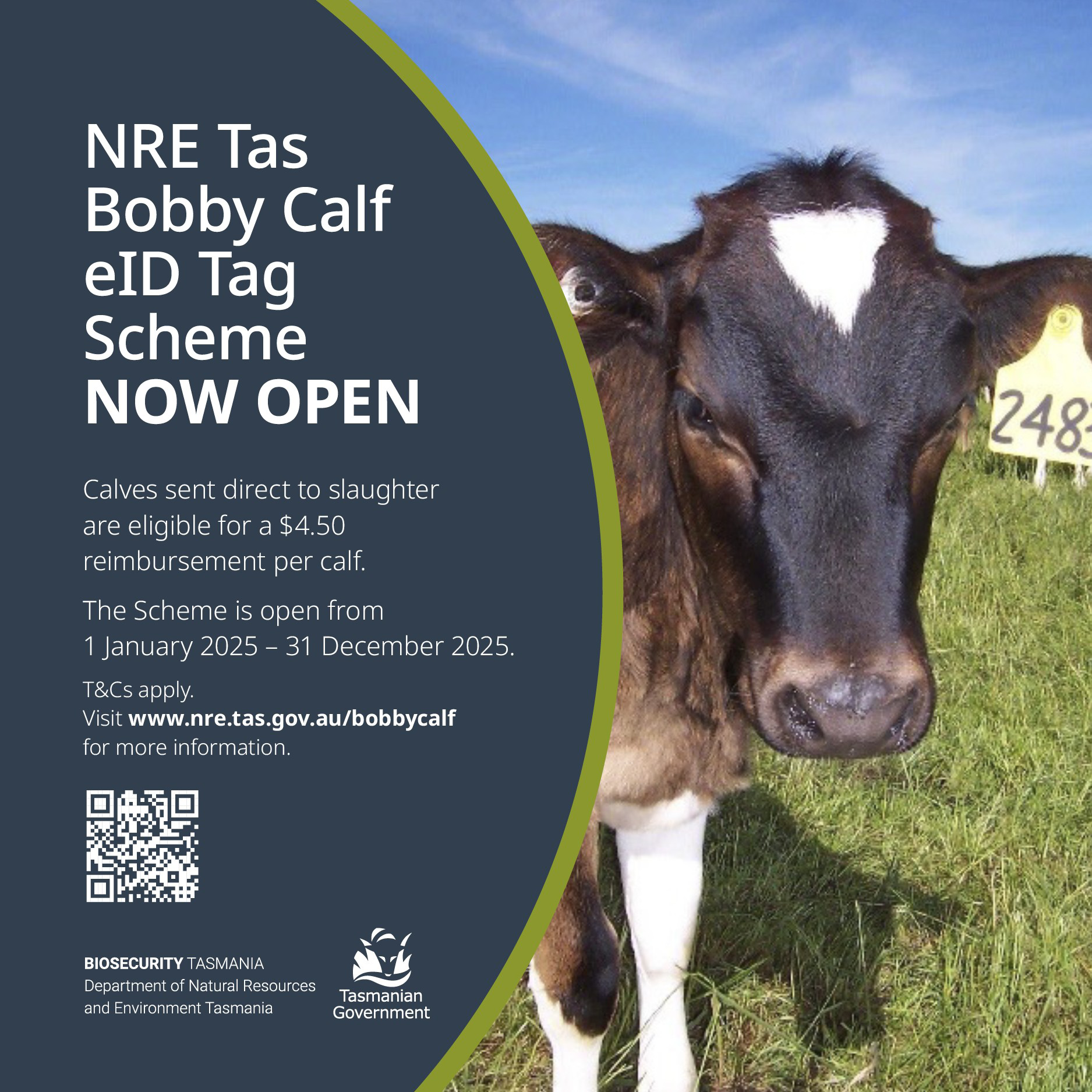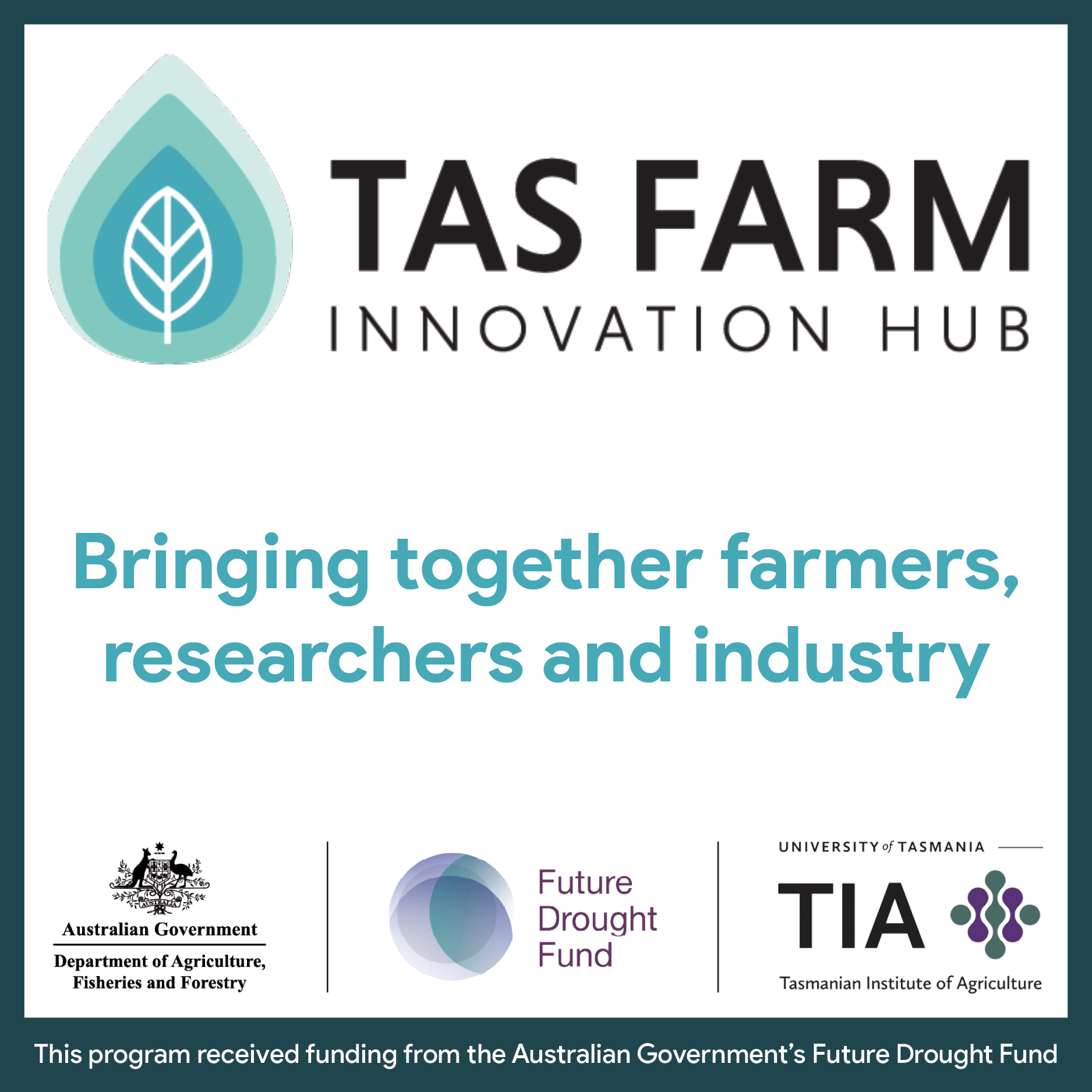Wool Report - It’s all no change, and no rain

AS expected the wool market last week was a rubber stamp of the previous week and no change in prices overall was registered with the AWEX EMI showing a single cent gain in local currency terms, unchanged in USD and also in Euro.
Obviously within the basket indicator the better wools are continuing to get dearer and conversely the poorer wools, with lower yields, higher VM and less tensile strength are all trending lower.
The overall picture, however, remains one of continued languishing at current levels, waiting for things to either settle down, or potentially provide a spark to reignite the market.
All international sectors of the industry are very aware of the challenging climatic conditions being faced by the grow ng fraternity particularly in Southern NSW, Victoria, SA and Tasmania, except for the city-centric politicians it would seem.
It is perhaps testament to the collegiate nature of the wool industry that a wool processor in downtown Zhangjiagang is very aware of the struggles through drought which his suppliers are being forced to endure when those in Spring Street or North Terrace appear oblivious.
Nevertheless “it always rains at the end of a dry spell” as the late Don Lindner from Burra used to often say and hopefully the season changes for the better soon.
Changing the price cycle of the wool market is perhaps a more herculean task with almost constant changes in the global tariff structure besetting the market.
The imposition of a 50 per cent tariff on Europe last month, followed by its suspension for 30 days, in an effort to move negotiations along was yet another reason for processors to hit the pause button.
To be fair, finding a resolution to a complex trade issue when one side is a conglomerate of 27 different countries is always going to be a challenge, and the EU loves a meeting, but hates a decision, so Mr Trump is merely trying to hasten the process.
But for the wool market it is yet another handbrake being applied as those European fabric producers with customers in the USA obviously cannot continue production in the face of a 50 per cent price hike, so understandably hit the pause button.
Now, with the Federal Court determination that many of the tariff pronouncements are void there is simply more confusion in global trade as the Appeals Court tries to sort out this latest saga which will inevitably end up in the Supreme Court of America.
No doubt lawyers will be the biggest winners.
Consumers in the US are understandably a little nervous and their previously buoyant activity is beginning to wane, but so far the economy is resist ing a negative trend but ana lysts are getting nervous about the months ahead.
Similarly, in Europe, the data is struggling to turn around, although the massive German stimulus package on defence and infrastructure spending should produce positive, although slightly inflationary trends in the short term which will be a welcome relief for the beleaguered Euro Zone.
If they can somehow man age to sort out the kerfuffle on their eastern border things will begin to look much brighter over there as they enter their summer holiday period.
China remains the elephant in the room economically speaking with no firm commit ment from Beijing yet on how to turn the economy around.
Slow and steady seems to be the mantra, along with the age old Maoism of ‘struggle makes one stronger’ which is unlikely to wash with the younger generation of Chinese.
Uniform purchasing officials have been implored by Beijing to be ‘frugal’ this year which will probably mean more polyester in blends, and more domestic wool as well, leading to uncomfortable, itchy garments for millions of government workers.
The denim industry appears to be finally embracing wool, more than 30 years after the first wool/denim jeans were produced.
The Woolmark Company’s latest Business Newsletter highlights some of the new trends in this versatile fabric which are including merino alongside the ubiquitous cotton fibre as well as a smattering of other fibres.
The blending of merino with cotton has increased markedly this year across all garment forms, so much so that many of the fleece wooltops being produced are actually being cut or stretch broken to facilitate processing on the cotton system.
This provides a welcome out let for the many tender fleece lines coming from drought affected areas this season.
Another price sensitive retailer providing a good out let for numbers of garments is the Japanese retailer Uniqlo which has just opened a store in Adelaide to go along with their 2500 stores worldwide.
So with plenty of ongoing Washington-based turmoil to pervade a sense of uncertainty and procrastination and an ever tightening supply situation the market is likely to continue to be range-bound for the next few weeks in the lead up to the winter recess, by which time we will hopefully see some meaningful rain across southern Australia.




Add new comment